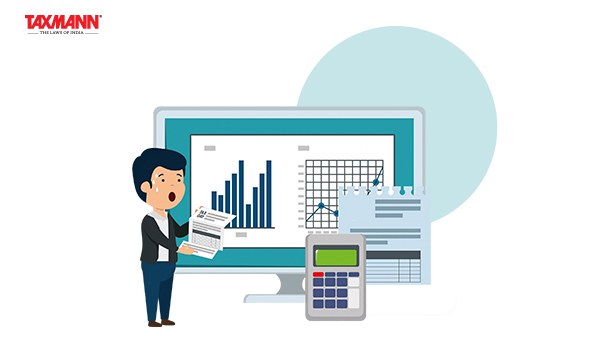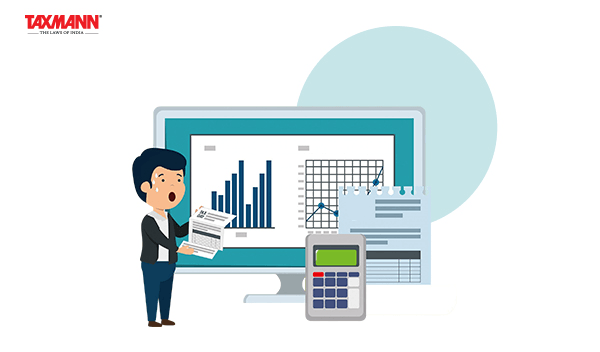

1. Question
A wholly owned Government company (hereinafter referred to as”the company”) engaged in construction and operation of thermal power plants has constructed two additional supercritical units of 660 MW each adjacent to its existing units. The construction was awarded to various contractors, including Contractor X Ltd. for the Balance of Plant (BOP) package. X Ltd. submitted bank guarantees (BGs) amounting to ₹156 crore as Notice to Proceed (NTP) advance and ₹325 crore as performance guarantee.
The project faced delays attributed to X Ltd., which led to liquidated damages (LD) being imposed. X Ltd. also failed to complete certain works due to financial difficulties despite receiving financial assistance and advances from the Company. After repeated failures and breach of contract, the Company encashed the NTP and Performance BGs, aggregating to ₹383.52 crore in April 2024. X Ltd. sought legal relief.
The Company accounted for the BG encashment as a liability under ‘Current Liabilities’ until the dispute is resolved, citing uncertainty, and disclosed it as a material item in the Notes to Account.
State the appropriate accounting treatment in light with the relevant provisions under Ind AS Framework.
2. Relevant Provisions
3.1 Ind AS 16 – Property, Plant and Equipment
Paragraph 10 – An entity evaluates under this recognition principle all its property, plant and equipment costs at the time they are incurred. These costs include costs incurred initially to acquire or construct an item of property, plant and equipment and costs incurred subsequently to add to, replace part of, or service it. The cost of an item of property, plant and equipment may include costs incurred relating to leases of assets that are used to construct, add to, replace part of or service an item of property, plant and equipment, such as depreciation of right-of-use assets
Paragraph 11– Items of property, plant and equipment may be acquired for safety or environmental reasons. The acquisition of such property, plant and equipment, although not directly increasing the future economic benefits of any particular existing item of property, plant and equipment, may be necessary for an entity to obtain the future economic benefits from its other assets. Such items of property, plant and equipment qualify for recognition as assets because they enable an entity to derive future economic benefits from related assets in excess of what could be derived had those items not been acquired. For example, a chemical manufacturer may install new chemical handling processes to comply with environmental requirements for the production and storage of dangerous chemicals; related plant enhancements are recognised as an asset because without them the entity is unable to manufacture and sell chemicals. However, the resulting carrying amount of such an asset and related assets is reviewed for impairment in accordance with Ind AS 36, Impairment of Assets.
Paragraph 16– The cost of an item of property, plant and equipment comprises:
(a) its purchase price, including import duties and non-refundable purchase taxes, after deducting trade discounts and rebates.
(b) any costs directly attributable to bringing the asset to the location and condition necessary for it to be capable of operating in the manner intended by the management.
(c) the initial estimate of the costs of dismantling and removing the item and restoring the site on which it is located, the obligation for which an entity incurs either when the item is acquired or as a consequence of having used the item during a particular period for purposes other than to produce inventories during that period.
Paragraph 17– Examples of directly attributable costs are:
(a) costs of employee benefits (as defined in Ind AS 19, Employee Benefits) arising directly from the construction or acquisition of the item of property, plant and equipment
(b) costs of site preparation
(c) initial delivery and handling costs
(d) installation and assembly costs
(e) costs of testing whether the asset is functioning properly, after deducting the net proceeds from selling any items produced while bringing the asset to that location and condition (such as samples produced when testing equipment). Excess of net sale proceeds of items produced over the cost of testing, if any, shall not be recognised in the profit or loss but deducted from the directly attributable costs considered as part of cost of an item of property, plant, and equipment
(f) professional fees
Click Here To Read The Full Story
The post Accounting For Liquidated Damages And Bank Guarantees Under Ind AS appeared first on Taxmann Blog.
